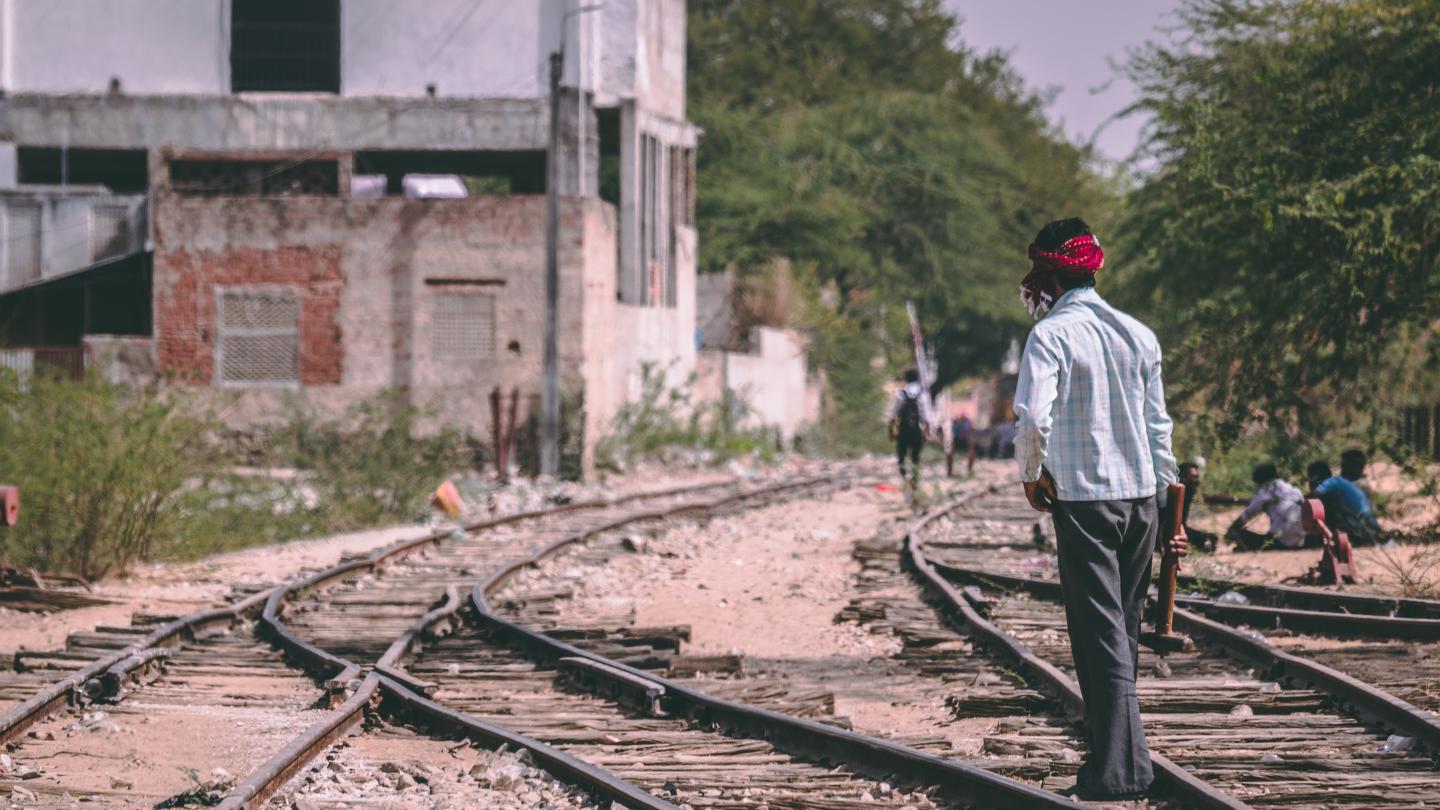
The act of trafficking involves the recruitment and transportation of persons and the use of force and deception for the purpose of exploitation.
Definition
Human trafficking involves the recruitment, transportation, transfer, harbouring and/or receipt of a person. It can include the threat or use of force, deception, abduction, the abuse of power or a position of vulnerability, or other forms of coercion.
Context
Human trafficking has many forms, including exploitation in the sex, entertainment and hospitality industries, and as domestic workers or in forced marriages. Victims are forced to work in factories, on construction sites or in the agricultural sector without pay or with an inadequate salary, living in fear of violence and often in inhumane conditions.
Risk factors
People who are marginalized, in difficult circumstances, undocumented or in desperate need of employment are more likely to be targeted by traffickers, particularly to trafficking for forced labour. On the other hand, children become vulnerable to exploitation when they come from extremely poor households, dysfunctional families or those who are abandoned and have no parental care.
Industries
No economic sector is immune to human trafficking. There are high-risk sectors, in which victims are most frequently found, such as agriculture or horticulture, construction, the garment and textile industries, catering and restaurants, domestic work, entertainment and the sex industry.
Statistics
According to UNODC’s 2020 Global Report on Trafficking in Persons, the primary targets are female victims, with 46% being women and 19% girls, while for male victims 20% were men and 15% were boys. Globally, one in every three victims detected is a child, where girls are mainly trafficked for sexual exploitation, while boys are used for forced labour.
Resources
Learn More about human trafficking
